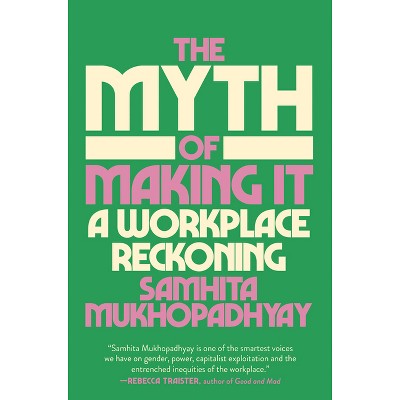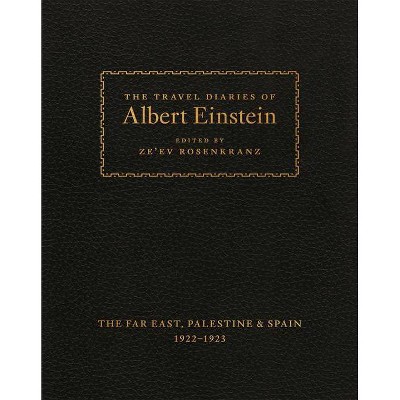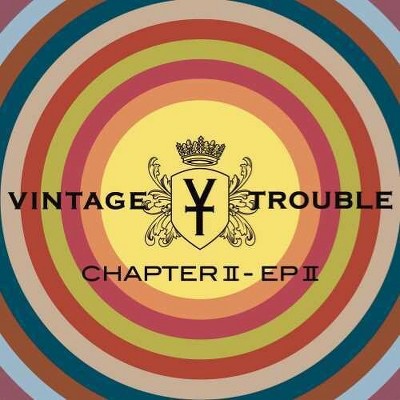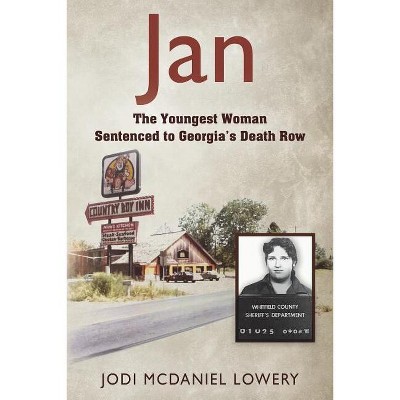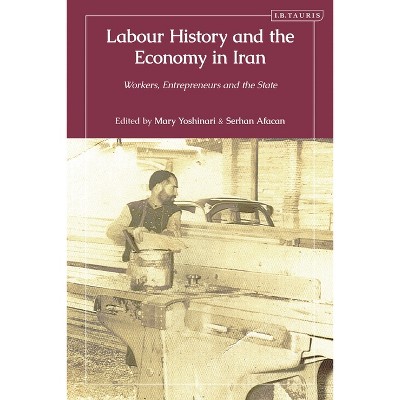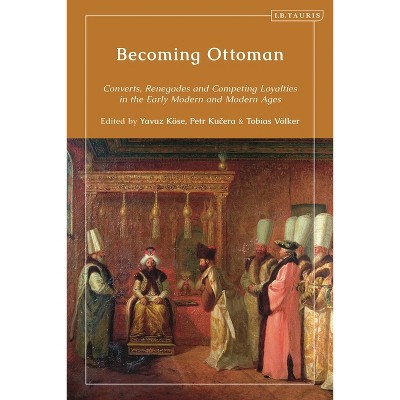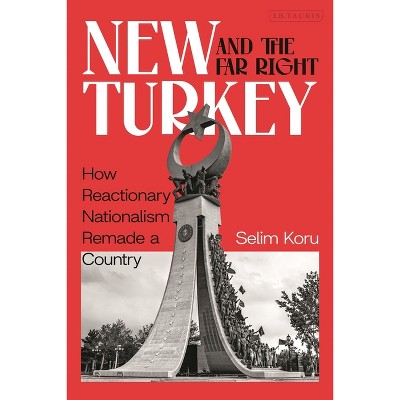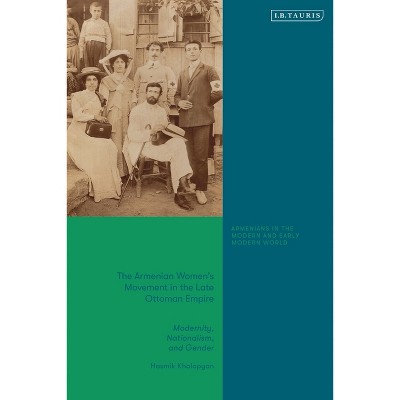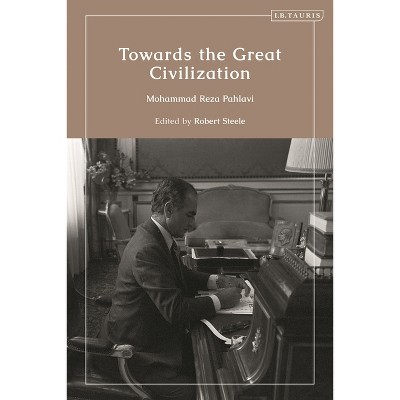Sponsored

The Lion and the Sun - by James M Gustafson (Hardcover)
In Stock
Sponsored
About this item
Highlights
- Why did the place of formerly powerful Eurasian land empires, like that of Iran, change so dramatically in global affairs over the course of the eighteenth and nineteenth centuries?This book explores this critical transitional period in Iranian history from an environmental perspective.
- About the Author: James M. Gustafson is Associate Professor of History and Chair of the International Studies program at Indiana State University, USA.
- 272 Pages
- History, Middle East
Description
About the Book
"This book explores this critical transitional period in Eurasian history from an environmental perspective. It argues that severe ecological challenges dating to the late 17th century, and deepening over the post-Safavid crisis of the 18th century, drove a severe decline in the demography and resource base on the Iranian plateau. This in turn gave rise to the perennially troubled Qajar period in the 19th century"--Book Synopsis
Why did the place of formerly powerful Eurasian land empires, like that of Iran, change so dramatically in global affairs over the course of the eighteenth and nineteenth centuries?
This book explores this critical transitional period in Iranian history from an environmental perspective. It argues that severe ecological challenges dating to the late seventeenth century, and deepening during the post-Safavid crisis of the eighteenth century, drove a decline in the population and resource base of the Iranian plateau. This in turn shaped ongoing environmental challenges in the Qajar period and on into the 20th century.
Presenting a new set of perspectives on key sources with new questions in mind, The Lion and the Sun relies upon scientific evidence such as Geographic Information System data and tree-ring analysis, as well as a careful re-engagement with existing sources. Re-interpreting court chronicles, administrative orders, local histories, geographical texts, and endowment deeds, the book reveals the way in which the relationship between imperial systems and the rest of nature formed the modern state of Iran. An important and original contribution, it will be essential reading for scholars and students of global environmental history and the modern Middle East.
Review Quotes
"The Lion and the Sun demonstrates how environmental history can offer new insights on numerous historiographical debates about Iranian politics, economy, society, and culture. James Gustafson's stories of Iran's rural, pastoral, and urban communities masterfully reveal the complex relationships between people and non-human elements of their environment. A must read." --Mikiya Koyagi, The University of Texas at Austin, USA
"This is a beautifully written and pioneering book on the environmental and social history of modern Iran. It offers careful research into neglected ecological crises and places them in the broader field of global environmental history. In the process, the author sheds light on many fascinating dimensions of this period that are essential for a proper understanding of the political and economic transformations of Iran and the Middle East." --Ranin Kazemi, Associate Professor, San Diego State University, USAAbout the Author
James M. Gustafson is Associate Professor of History and Chair of the International Studies program at Indiana State University, USA. He is the author of Kirman and the Qajar Empire (2015) and serves on the executive board of the Association for Iranian Studies and is a senior editor for the Oxford Research Encyclopaedia of Asian Commercial History.Shipping details
Return details
Trending Non-Fiction




